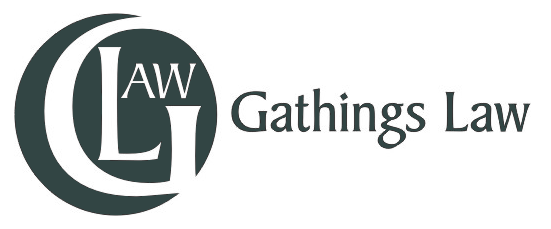In an age where technology shapes nearly every aspect of our lives, it comes as no surprise that its influence extends to the realm of product liability claims. Product liability is a legal concept that holds manufacturers, distributors, and retailers responsible for injuries or damages caused by defective products. As advancements in technology continue to redefine industries and bring innovative products to the market, the landscape of product liability claims is evolving in parallel. In this blog, we will explore how technology’s pervasive presence impacts the nature, complexity, and resolution of product liability claims.
- Increased Complexity of Products
As technology progresses, products become more intricate, incorporating software, electronics, and interconnected components. While these advancements offer numerous benefits and improved functionalities, they also introduce new avenues for potential defects and vulnerabilities. For instance, a faulty line of code in a software-controlled medical device or a manufacturing defect in a self-driving car’s sensors can lead to devastating consequences.
This complexity poses significant challenges in determining the root cause of an accident or injury. Investigating product defects often requires the expertise of engineers, data analysts, and software specialists, who must decipher intricate technological systems to establish liability accurately. The involvement of such experts can both prolong and strengthen the litigation process.
- Big Data and Digital Evidence
The proliferation of connected devices and the Internet of Things (IoT)[1] has generated an unprecedented volume of data. These devices continuously collect and transmit data, which can be invaluable in establishing fault in product liability claims. For example, a smart home device’s log files might reveal malfunctions or unsafe patterns leading to an accident, or a car’s event data recorder can provide essential information about an automobile crash.
However, dealing with vast amounts of data requires advanced e-discovery tools and expertise in handling digital evidence. Lawyers and legal professionals now need to be well-versed in data analytics and data privacy laws to extract relevant information while respecting individual privacy rights.
- Product Liability in the Digital Marketplace
The rise of e-commerce platforms and online marketplaces has revolutionized the way products are bought and sold. Consumers can now purchase goods from all corners of the world, making it challenging to determine which party is liable in case of a defective product.
Third-party sellers, often operating on these digital platforms, may evade product liability claims, claiming that they are merely intermediaries. Navigating the web of responsibility in these cases becomes a complex task, as traditional product liability laws might not always adequately address the nuances of digital commerce.
- AI and Autonomous Systems
The advent of Artificial Intelligence (AI) and autonomous systems adds another layer of complexity to product liability claims. Self-driving cars, for instance, blur the lines between human error and machine malfunction. Determining responsibility when an autonomous vehicle is involved in an accident raises unique legal challenges.
These cases require legal professionals to understand the underlying AI algorithms and their decision-making processes. It may also entail holding AI developers or manufacturers accountable for negligence in creating and maintaining the AI systems.
- Product Design and User Interface
As products become more integrated with technology, their design and user interface play a crucial role in mitigating potential hazards. Intuitive user interfaces can prevent unintended operation and reduce the likelihood of user errors. Conversely, poor design choices or inadequate warnings can lead to misuse and product-related accidents.
Product designers and engineers must anticipate potential risks and design products that prioritize user safety. A failure to do so could expose manufacturers to liability claims, arguing that the product was inherently unsafe or inadequately tested.
Conclusion
Technology’s ever-growing influence on product liability claims is undeniable. As our world becomes increasingly connected and technology continues to advance, it is crucial for legal systems to keep pace with these changes. For both manufacturers and consumers, it is essential to remain vigilant in promoting product safety, understanding the complexities of technology-related claims, and seeking the guidance of legal professionals well-versed in the nuances of technology and product liability.
By staying informed and addressing the evolving challenges, we can ensure that technology continues to enhance our lives without compromising our safety. Product liability laws must adapt, striking a balance between encouraging innovation and holding responsible parties accountable for the safety of their products in this digital age.
Lloyd Gathings
Gathings Law
Birmingham, AL
(205) 322-1201
[1]
The Internet of Things (IoT) describes the network of physical objects—“things”—that are embedded with sensors, software, and other technologies for the purpose of connecting and exchanging data with other devices and systems over the internet. These devices range from ordinary household objects to sophisticated industrial tools. With more than 7 billion connected IoT devices today, experts are expecting this number to grow to 10 billion by 2020 and 22 billion by 2025. Oracle has a network of device partners.

